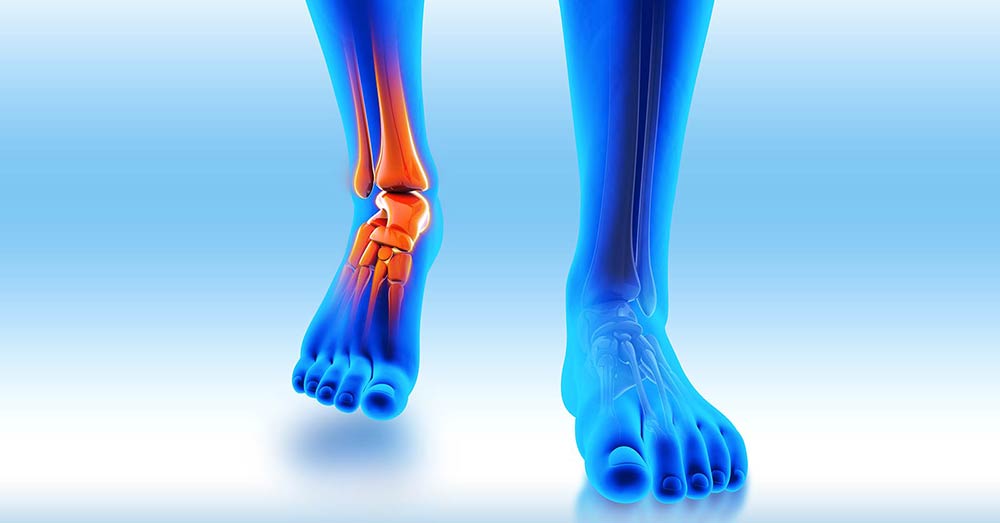Contact us today for a consultation with one of our physicians.

Hallux limitus is the loss of motion in your big toe joint. The metatarsophalangeal, MPJ, is the structure affected by this health problem. Your first MPJ is where your big toe connects to your first metatarsal bone— or at the base where your foot and toes meet.
Hallux is the medical term for your big toe. Your big toe is one of the most important parts of your body, as it helps with your gait. When the toe is healthy and free of injury, you should be able to move your big toe through a full and pain-free flexion range of motion. A dysfunctional big toe will cause other parts of your body, especially the joints and tissues of your lower extremity, to compensate when you walk or run, which places increased strain on these structures and can, over time, cause pain and fatigue.
The following signs and symptoms can be associated with hallux limitus: Pain and stiffness of the great toe, pain in the area when walking, squatting, or running, pain and stiffness due to cold weather, limping, pain in the lower extremity joints and lower back. These symptoms represent the early stages of this condition, and can worsen until you no longer can move the joint; a condition known as hallux rigidus.If you are experiencing any of the symptoms listed above, you may want to seek medical attention from podiatrist as soon as possible for a diagnosis
Symptoms of Hallux limitus come on slowly; pain is sometimes felt only when someone is in motion or when moving the big toe joint. Hallux Limitus is usually caused by unknown factors, but certain known factors like Trauma, genetics, Rheumatoid arthritis, gout, or other inflammatory diseases and overuse may contribute to this health problem, too. One significant factor that contributes to this health problem can be the prolonged use of inappropriate footwear, especially the type of footwear that constricts your toes.
The doctor will begin by examining the range of motion within the joint. Imaging tests such as x-rays are used to determine whether arthritis is present, to see how much the joint has narrowed, and to evaluate the foot’s overall health. For mild to moderate cases the following Non-surgical treatment options may help reduce your symptoms:
For severe cases, surgical intervention may be necessary. Some treatment options include:
Talk to your podiatrist to see what is best recommended for you.
For more information about the foot conditions we can treat in the Los Angeles and Beverly Hills, CA area, including bunions, hammertoe and Morton's neuroma, please contact us at 855-SOMA-844 (855-766-2844).